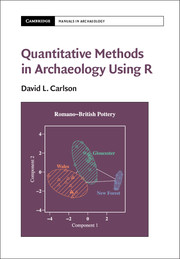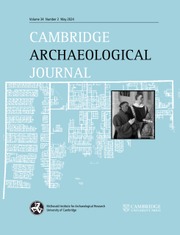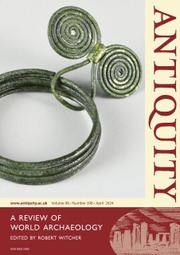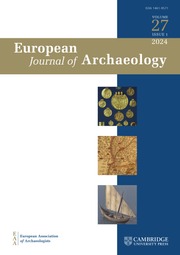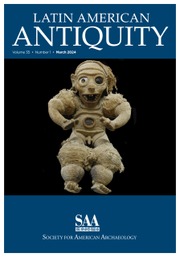Quantitative Methods in Archaeology Using R
Quantitative Methods in Archaeology Using R is the first hands-on guide to using the R statistical computing system written specifically for archaeologists. It shows how to use the system to analyze many types of archaeological data. Part I includes tutorials on R, with applications to real archaeological data showing how to compute descriptive statistics, create tables, and produce a wide variety of charts and graphs. Part II addresses the major multivariate approaches used by archaeologists, including multiple regression (and the generalized linear model); multiple analysis of variance and discriminant analysis; principal components analysis; correspondence analysis; distances and scaling; and cluster analysis. Part III covers specialized topics in archaeology, including intra-site spatial analysis, seriation, and assemblage diversity.
- A hands-on approach to using archaeological data to answer research questions that will appeal to those who are interesting in applying quantitative methods to their data
- Readers can move directly from descriptions of methods to examples showing how to use them
- Descriptions of quantitative techniques include verbal description, key equations, and examples using real archaeological data
Product details
June 2017Adobe eBook Reader
9781108514675
0 pages
94 b/w illus.
This ISBN is for an eBook version which is distributed on our behalf by a third party.
Table of Contents
- Introduction
- 1. Organization of the book
- Part I. R and Basic Statistics:
- 2. Introduction to R
- 3. Looking at data – numerical summaries
- 4. Looking at data – tables
- 5. Looking at data – graphs
- 6. Transformations
- 7. Missing values
- 8. Confidence intervals and hypothesis testing
- 9. Relating variables
- Part II. Multivariate Methods:
- 10. Multiple regression and generalized linear models
- 11. MANOVA and canonical and predictive discriminant analysis
- 12. Principal components analysis
- 13. Correspondence analysis
- 14. Distances and scaling
- 15. Cluster analysis
- Part III. Archaeological Approaches to Data:
- 16. Spatial analysis
- 17. Seriation
- 18. Assemblage diversity
- 19. Conclusions
- 20. References.

